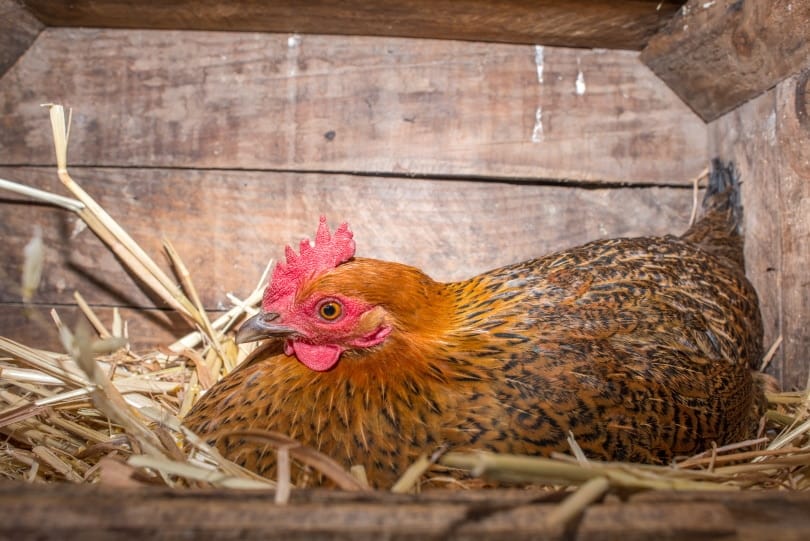When it comes to raising chickens, providing a comfortable and safe environment for them to lay eggs is crucial. One popular material that chicken owners are considering for their nesting boxes is sand. But how does sand measure up when compared to traditional bedding materials? In this article, we’ll explore the benefits and drawbacks of using sand in chicken nesting boxes, helping you make an informed decision.

Why Consider Sand for Nesting Boxes?
Sand is often praised for its versatility and practicality. It provides excellent drainage and keeps the nesting area dry, which is essential for maintaining the health of the eggs and the hens. It’s also a natural and affordable option that mimics the chickens’ natural environment.
Benefits of Using Sand
There are several reasons why sand might be the right choice for your chicken nesting boxes:
- Easy to Maintain: Sand doesn’t need frequent changing like straw or wood shavings. Regular raking can keep it fresh.
- Cost-Effective: Once you have the sand in place, there’s minimal ongoing cost.
- Natural Environment: Sand closely resembles the natural habitat of chickens, making it instinctively comfortable for them.
How to Set Up Sand in Nesting Boxes
Setting up sand in chicken nesting boxes is straightforward but does require attention to detail to ensure the hens’ safety and comfort.
Choosing the Right Sand
Not all sand is created equal. Opt for clean, fine-grain construction sand. Avoid using play sand, as it can be too dusty and may contain harmful chemicals.
Layering and Depth
For optimal results, ensure the sand is about 2-3 inches deep. This depth provides the right balance of cushioning for the eggs and comfort for the hens.
Common Concerns and Misconceptions
Despite its benefits, some chicken owners remain skeptical about using sand. Here are some common concerns:
Is Sand Too Cold?
One worry is that sand might be too cold for the hens, especially in winter. However, sand actually retains heat quite well and can help keep the nesting area warm.
Dust and Respiratory Issues
Dust can be a concern, but this is largely mitigated by choosing the right type of sand. Regular cleaning and ventilation will also help.
Comparing Sand to Other Bedding Materials
Understanding how sand stacks up against other common bedding materials can help you make the right choice for your flock.
Sand vs. Straw
Straw is a traditional choice, but it can harbor pests and requires frequent changes, making sand a more convenient alternative.
Sand vs. Wood Shavings
Wood shavings are absorbent but can be messy. Sand offers a cleaner, more manageable option.
Real-Life Success Stories
Many chicken owners have successfully transitioned to using sand in their nesting boxes. For example, one owner shared that after switching to sand, they noticed a significant decrease in egg breakage and an improvement in the overall cleanliness of the coop.
FAQs
Does sand need to be cleaned regularly?
Yes, regular cleaning by sifting out waste and debris will keep the sand fresh and odor-free.
Can I use any type of sand?
No, it’s essential to use clean, construction-grade sand to ensure safety for your hens.
Is sand suitable for all climates?
Yes, sand works well in various climates, providing insulation and comfort in both hot and cold environments.

Conclusion
Using sand in chicken nesting boxes can be a wise choice for many chicken owners. Its benefits of being easy to maintain, cost-effective, and comfortable for the hens make it a popular option. However, it’s important to consider your specific needs and conditions before making the switch. For more insights on chicken care, you can visit this external resource and learn about different nesting box ideas. Additionally, explore our guides on hen laying signs and community nesting box designs for more comprehensive information.
This article contains affiliate links. We may earn a commission at no extra cost to you.











